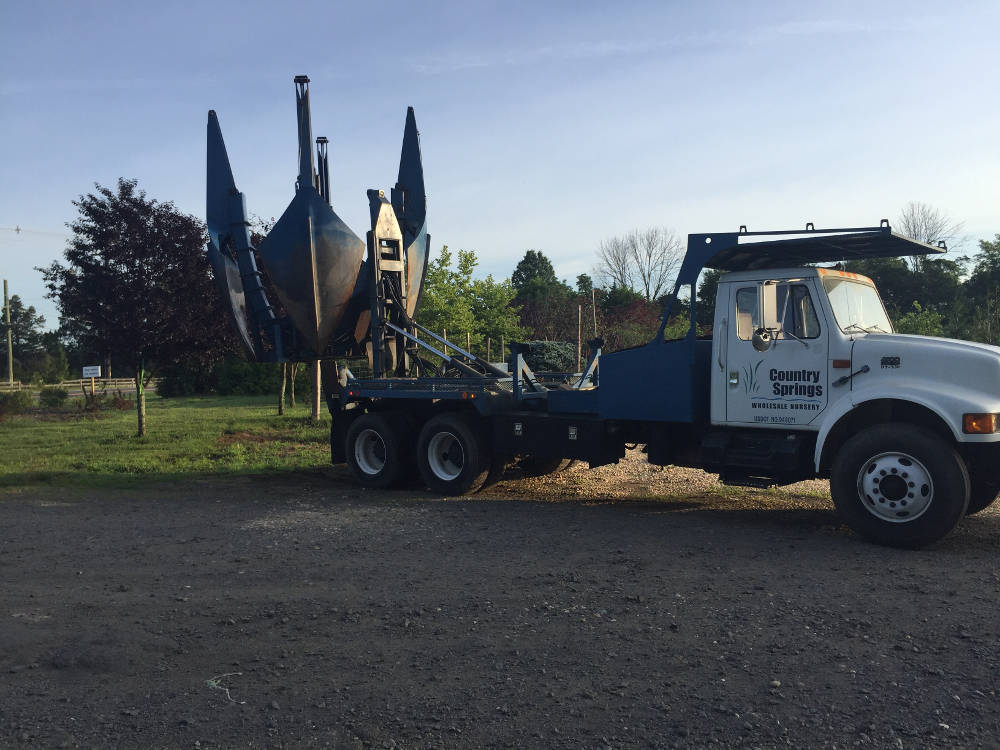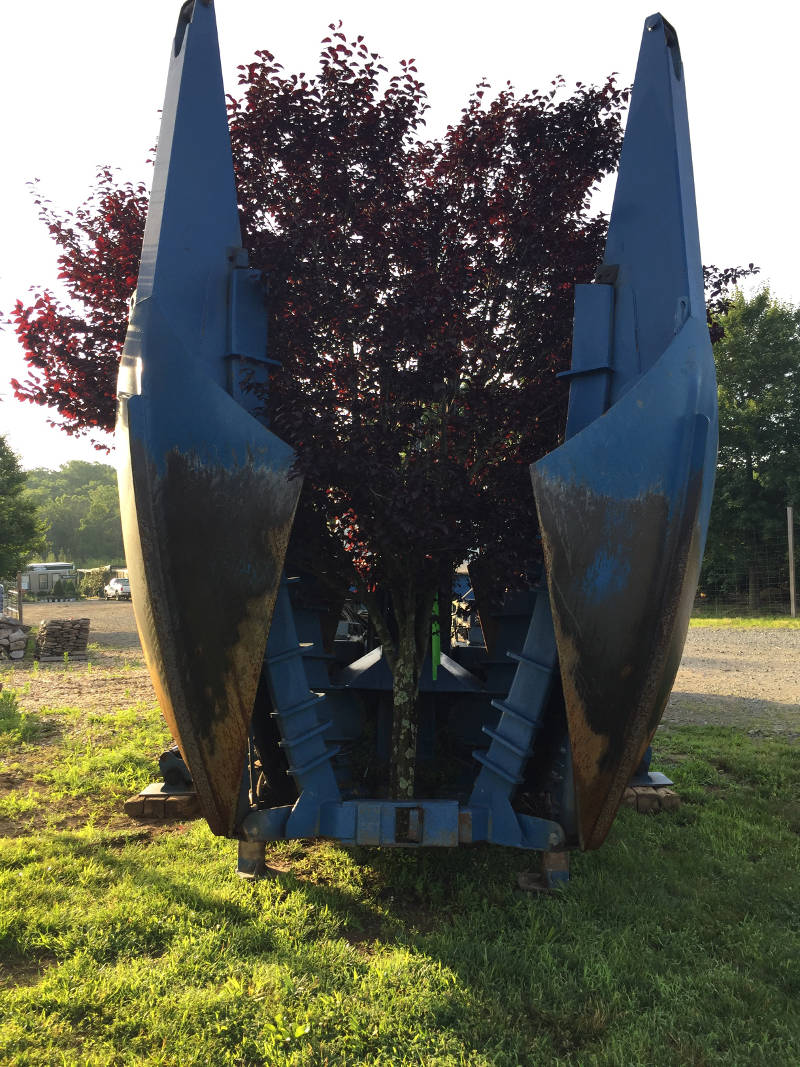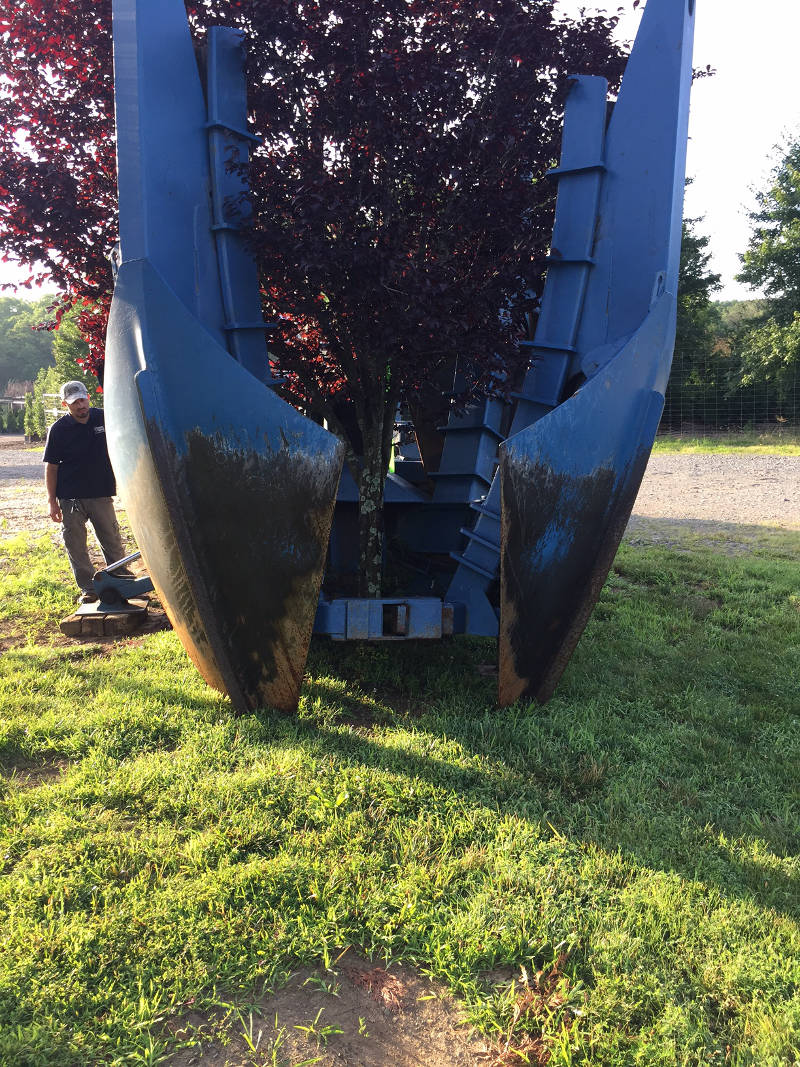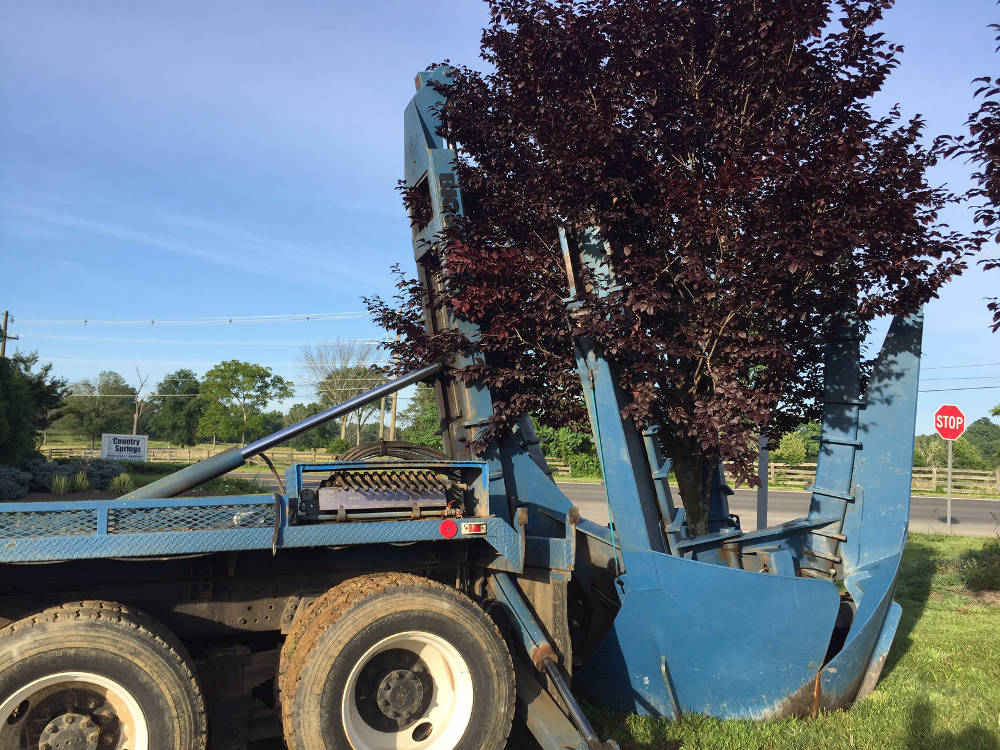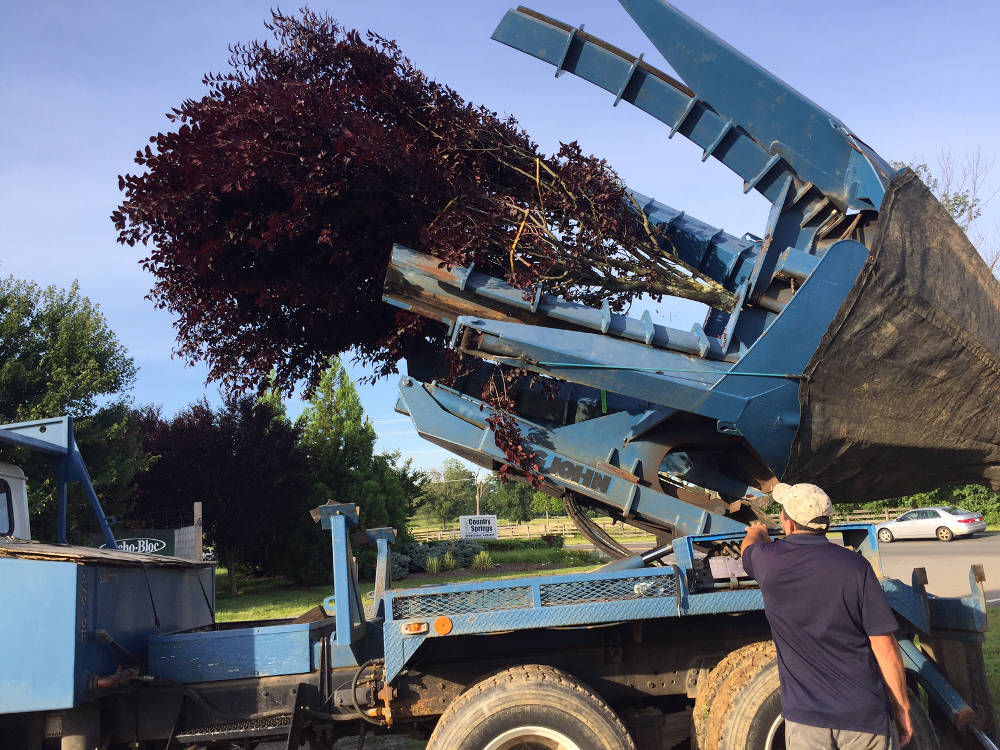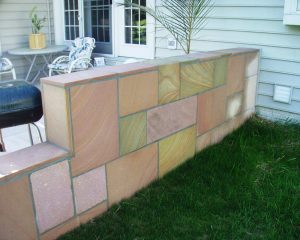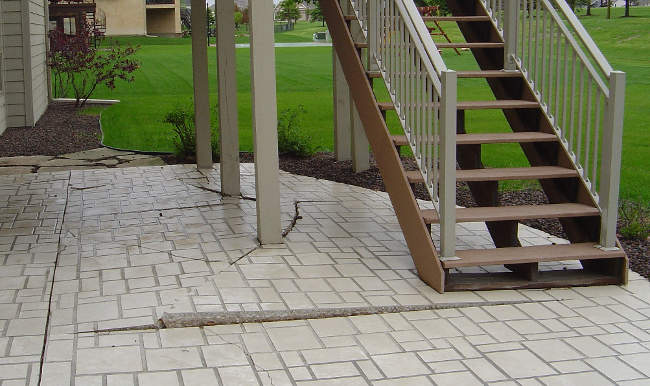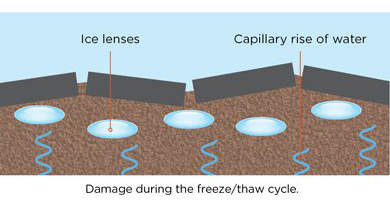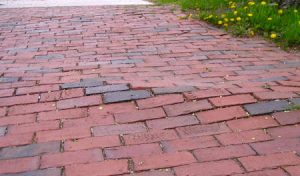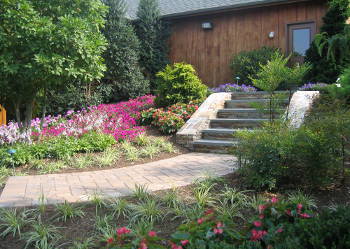
When handling unsatisfied customers it’s important to recognize why they’re complaining. If you don’t know what the problem is, then it’ll be rather difficult to determine your response to landscape complaints. Here are some helpful tips to deal with an angry customer.
Talk To Them Before Your Response to Landscape Complaints
This may Sound obvious but we sometimes assume we know what the problem is before any discussion. Talk to the customer and ask them what made them unhappy with the service you provided. Are they frustrated with the lawn service? Did you order the wrong colored pavers? Where the wrong plants used in the wrong place?
When providing a service, of any kind, there are a number of things that might go wrong and it’s up to the business supplying the service to make things right again. And while you won’t be able to please everyone all of the time, you need to do your best to keep the consumer in question as a customer. Sometimes this means going above and beyond your normal job duties in order to make this happen.

If they call the office to make a complaint on the telephone, you need to realize that they’re expecting the problem to be resolved. They’re giving you the opportunity to offer a response to landscape complaints which means you need to fix it as quickly as possible. When customers complain, they aren’t trying to do damage to your business; they just want the issue taken care of.
If a customer leaves a negative review on Social Media, that generally means that they’re done dealing with you. Maybe the issue wasn’t corrected or their expectations haven’t been met.
All hope is not lost however, because you still have the opportunity to avoid future problems. Take a look at how your business is handling things and consider the fact that you might need to tweak or overhaul how your company is operating. Listed below are helpful ways to deal with unhappy customers when running a lawn care business:
Solve the Problem
If there is a problem, it’s best to solve it as soon as possible. Letting it go by the wayside does nothing to retain an angry customer. Little problems can also become even bigger problems and this can happen quickly, so it’s best to make things right, right away.
Listen and Learn

Ask the customer why they are upset and then actually listen to what they have to say. Don’t interrupt them while they are talking because doing so may create resentment. The client may think you don’t care about their point of view. When they’re finished talking, be sure to repeat what they just said, so that once again, they know that you’re listening…. a response to landscape complaints might be something like “Yes, the pump on the fountain isn’t working, and yes, we’ll be out to replace it tomorrow afternoon.”
Research
After talking to the customer, it’s best to go back and examine your notes to see if maybe you missed something. Gather your team and talk to them as well. Did someone make a mistake? Look at the issue from the viewpoint of the customer and try to put yourself in their shoes. If this was your yard, how would you feel if something went wrong? If you discover that you or your team did something wrong, apologize to the customer and do what you need to do in order to fix whatever it was that went wrong.
Avoid Technology

What I mean by this is don’t hide behind your computer when something goes wrong. Get out there and make things right! A customer is more likely to respect you when you visit them at home or at their place of business.
Documentation
It’s best to document every home or business that you landscape. You should have a file for each consumer that you service. Keeping good records allows you to backtrack in the event that something DOES go wrong.
It’s not a matter of if something goes wrong, it’s a matter of when, and you should always be prepared to make things right. When keeping documentation, however, it’s always best to be organized.
Cut Your Losses
While this method should be a last resort it may need to be considered in response to landscape complaints. When dealing with the public, it’s important to realize that you’re not going to get along with everyone. When this happens take a step back and determine whether or not this is a customer worth keeping.
However, if the customer is demanding and the two of you are not a good match, then don’t be afraid to speak up. You may want to refund their money after fixing their lawn, or you could always refer them to another landscape company. Perhaps you know of someone who might be better suited to meet their needs.
Observe the Outcome
Take note of what happened after the response to landscape complaints. Did you order the wrong flowers? Was an employee late, again? Determine what you can do in the future to make sure that you, or your employees, don’t make the same mistake twice.
No matter the complaint, it’s always best to keep a level head because it does nothing for you or your business if you get upset every time something goes wrong. In fact, feeling hurt of injured only tends to make the situation worse than it already is. So, if you get a complaint from a customer, smile, be polite and do your best to make things right!


